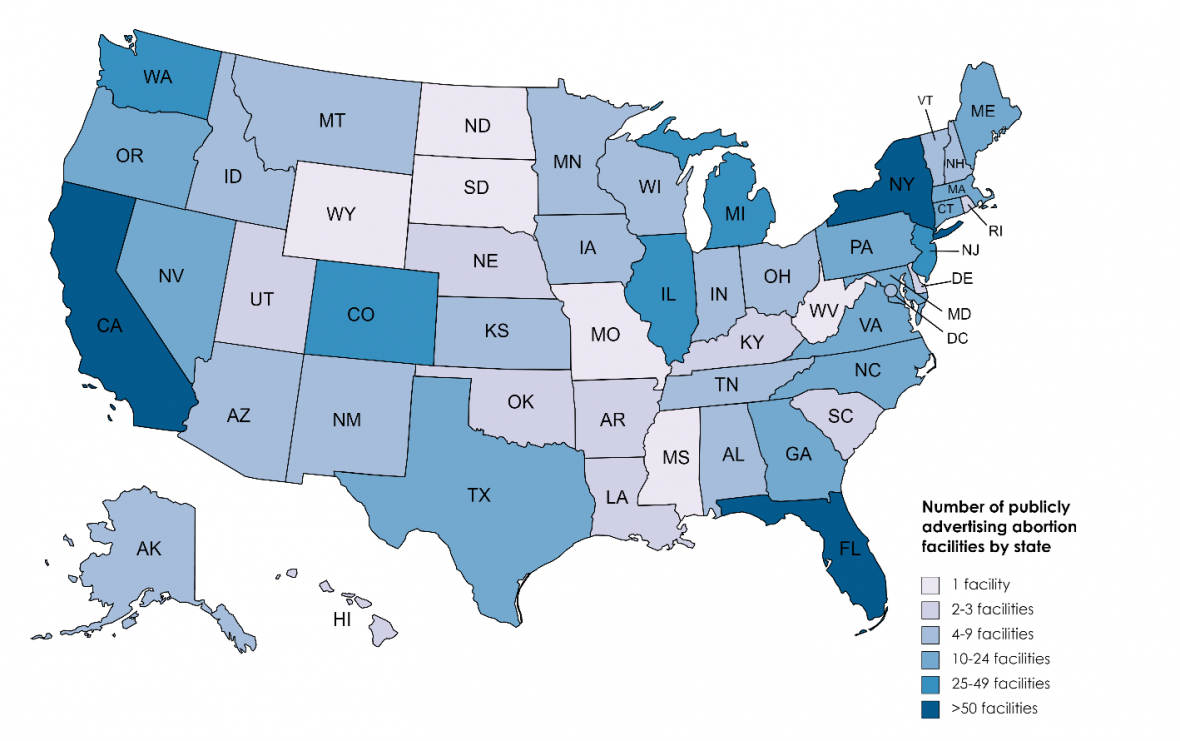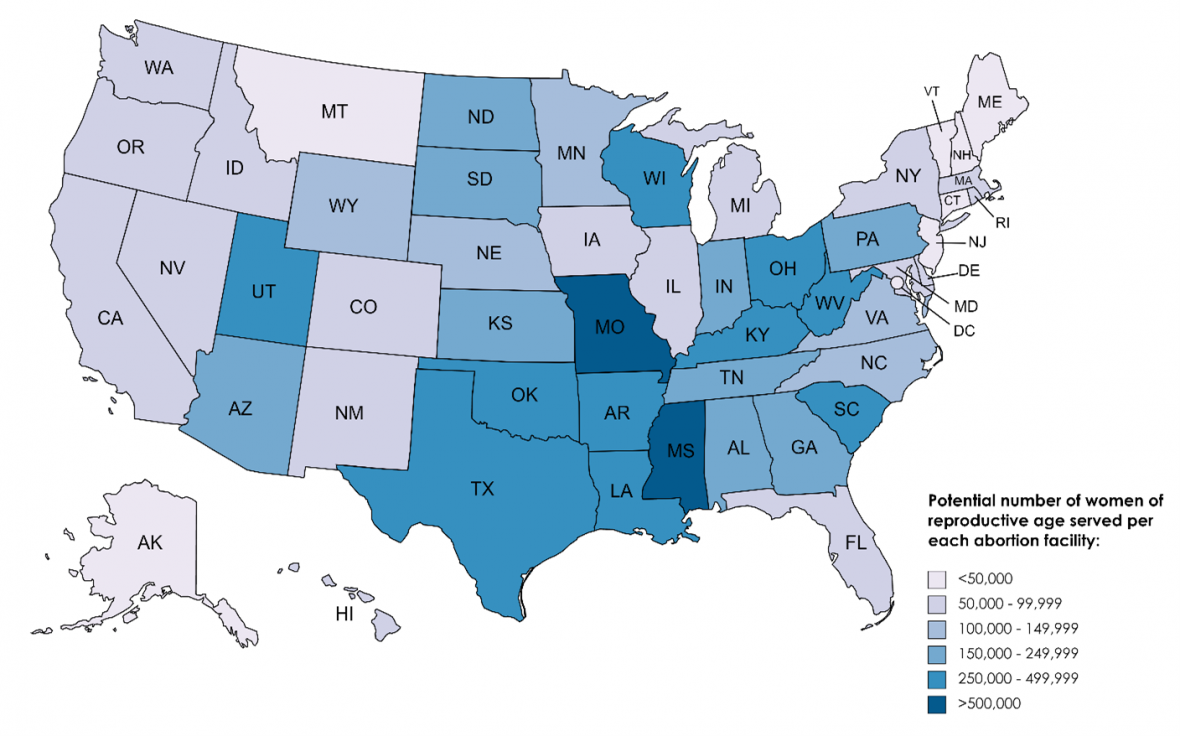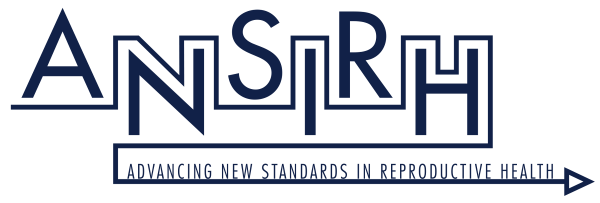The Supreme Court's recent decision in the Dobbs v. Jackson Women's Health Organization case, which erodes abortion protections once established by Roe v. Wade, will likely have a substantial impact on the number and geographic distribution of abortion facilities nationwide. Our understanding of this landscape, based on recent data trends, paints a picture of significant potential clinic closures, which may lead to increasingly insurmountable barriers to abortion access across the United States.
Our new report, Trends in Abortion Care in the United States, 2017-2021, based on information from our Abortion Facilities Database, provides an overview of the abortion facility landscape and services available across the United States from 2017 through 2021. It captures 790 publicly-advertising facilities that were open and providing abortion services in 2021, up from 774 facilities in 2017. The distribution of abortion-providing facilities, however, varied dramatically by geographic region and state, with some states having only one facility and one state having 168 facilities. This trends report details the abortion care landscape that people were navigating as of late 2021—before abortion access may be significantly diminished due to the Dobbs decision.
Key Findings
Study Design
We used data from the Abortion Facility Database, which includes data on publicly advertising abortion facilities and was systematically updated every summer during June through September of the years 2017, 2018, 2019, 2020, and 2021. In this analysis, we included all facilities that publicly advertised that they provide abortion services within all 50 U.S. states and Washington, DC. The database includes a wide range of facilities including doctor’s offices, public health centers, and hospital settings. Updates followed a structured process, including initial online searches to identify abortion facilities throughout the U.S. and mystery shopper calls to confirm and obtain additional information from the facilities from the perspective of a potential patient. Each year we checked data for all facilities in the database against the prior year, identified any changes—including closures—and added any facilities that had newly begun to offer abortion care.
Implications
The overturning of Roe v. Wade could lead to the eventual closure of 202 facilities across these states, which would shutter 26% of all publicly advertising facilities in the U.S., particularly decimating abortion access for pregnant people living in the South and Midwest where most of these closures would occur. Based on research, the majority of abortion patients are low-income, and our trends report suggests that economic and logistical pressures on people seeking abortion will only be intensified.
To learn more, read the report Trends in Abortion Care in the United States, 2017-2021, and click here for downloadable data tables from the Trends Report.


